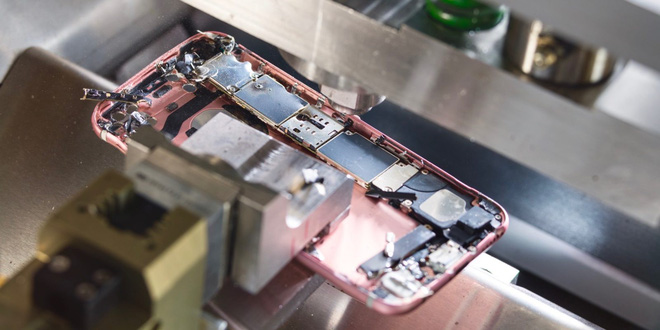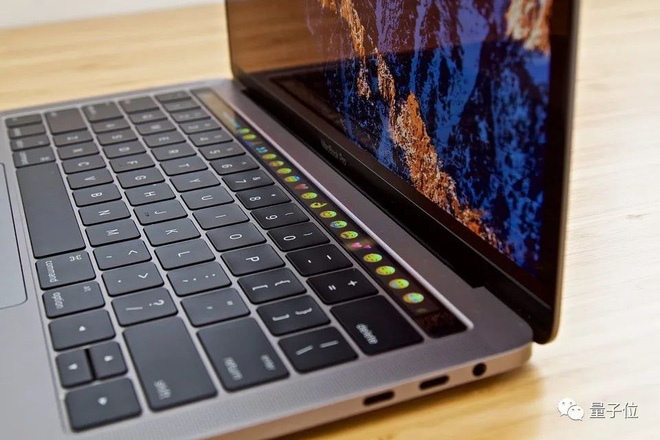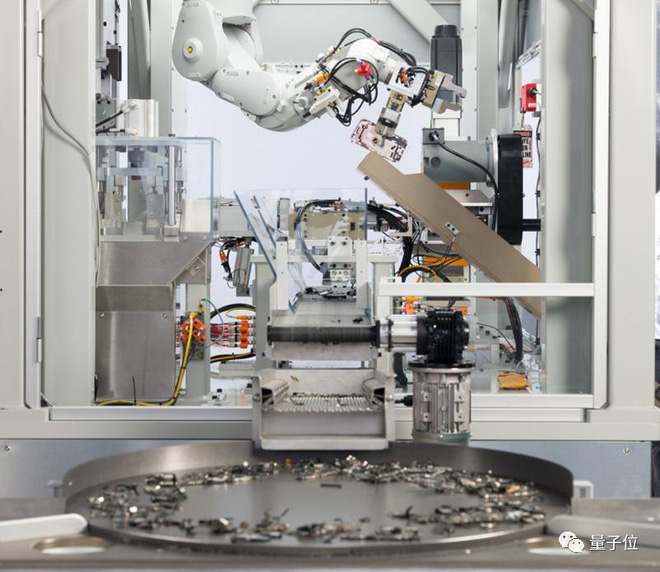Apple admits failure: Foxconn workers assemble iPhones much better than automated machines
- Tram Ho
Eight years ago, Quach Dai Minh (also known as Terry Guo) – founder and chairman of Foxconn – painted a cake for Tim Cook.
All workers on the iPad production line are replaced by robots. The iPad parts are moved along the conveyor belt and are cut, polished and assembled by a robot called Foxbots. The entire production line has almost no human intervention.
A year before Terry Guo launched the “drawing wheel”, he also proposed the “Million Robot Project”, with the intention of investing 1 million robots in the production line. The vision is very beautiful and the success (if any) is also very attractive.

Using smartphone assembly robots will help increase productivity and reduce time.
And the Foxconn boss was partially successful.
In the 2019 annual report, the production capacity of precision tools at Foxconn increased by 15% over the previous year, the number of direct workers decreased by 26% and the value of output per capita increased by 48%. The advancement of human replacement machinery is visible to the naked eye.
But when it tried to use robots to replace workers assembling Apple devices, it failed. As it turned out, the production of electronic devices like the iPhone depended heavily on the workers on the production line. Tighten screws, glue … robots do not work as well as humans.
In the process of assembling any electronic product, there is an essential step: Apply glue.
Printed circuit boards, device cases, batteries and other components of electronic products are usually glued with glue. If you’ve ever tried manual assembly, you’ll find that controlling the hot melt glue gun to apply the glue correctly to the parts you need, then sticking it with other parts is not an easy job. . Everything is easy to get out of control.

We still haven’t figured out how to glue electronics better than humans.
In addition, you also need to tighten the screws, align the holes on each part and correctly connect different parts with different types of screws. It sounds simple but it is difficult to create machines that can do these jobs well.
Apple doesn’t believe it and tried it. Some reports say the US tech company secretly set up a team of professional robotics and automation experts in 2012, located an office less than 10 km from its headquarters, responsible for finding ways to replace workers with robots. The research team has asked big companies like Denso and Mitsubishi to develop a robot that can use glue and screws.
To be clear, Apple’s precision electronics have very high requirements on the accuracy of gluing and the errors must be controlled within 1 mm. The screws must also be tightened to a certain extent.
But newly developed robots do not do very well in either of these. Apple’s screws are so small that machines and sensors can’t even feel the power of screwing. Glueing has the same difficulty. A former employee of the group said: “Chinese workers are trained to be better at gluing than machines.”
And when robots can’t assemble iPhones to the highest degree of accuracy, the device will not perform well, affecting the brand. Not giving up, the group sought to invent robots that assembled other relatively popular products such as Apple TV, Apple Watch, iPad … but the results received were not satisfactory.
In 2018, the secret robot development team was disbanded, when the person in charge left.
In addition to the special group above, which tried to create glue-and-screw robots, another report said Apple also built another automation group. The first task of this group is to try to create robots that can automatically polish the products.
In 2013, for the first time, they built a Mac Pro polishing robot. Later, they wanted to directly convert this technology to Apple Watch 3. However, the Apple Watch 3 was too small to use the technology for Mac Pro, so Apple Watch 3 polishing still had to be done. handmade.
In 2014, the team tried to come up with a MacBook auto-assembly system. It is promised to assemble the screen, keyboard and touchpad into the case.

Apple wants to assemble the MacBook with automated robots.
Engineers say that this automated robot can assemble MacBooks at a lower cost, better efficiency and higher quality. However, the project was also quickly taken away … cremated.
Because when testing activities in practice, the movement of the conveyor belt is not very stable. The keyboard-setting robot needs a lot of screws and it doesn’t work well, so it requires a lot of manual intervention. Parts start to pile up and the production line is messed up.
It took almost a year and a lot of failures before this automated production line could work. The release of the MacBook was therefore postponed in the spring of 2015. And the problem became even worse when many Macbook models using “butterfly keyboard” brought bad experience to customers, even forced to recall many products.

The MacBook’s butterfly keyboard has been one of the most prominent issues in recent years.
It seems that this production line is also not very efficient. The plan to bring machines to replace people eventually turned out to be a losing trade. And an even greater difficulty in replacing workers with machines, aside from technical issues, is that of industry itself.
First of all, Apple electronics are a seasonal product. After the annual launch in the fall, most users will focus on new iPhone models. Then as time goes by, the demand gets less and less. That means that the production lines only work effectively at one time of the year, after a few months will be relatively idle, space-consuming and depreciated.
And while machines are dead, man is alive.
According to a former Apple executive, this American company prefers to use workers over machines because people are more flexible, can easily “access” to the production line. To be clear, the number of temporary workers at Foxconn accounted for 50% last summer. This is very flexible but also causes a lot of controversy.

Workers on Foxconn assembly line.
Another problem is that when products are updated every year, robots can only be customized for a few devices. The iPhone X production robots cannot be used to make iPhone11.
An ex-Apple employee said this meant that Apple had to get rid of its previous production robots, redesigning, developing, and manufacturing robots before producing the next device for iPhone models. Sold in the next few years.
In addition, there is another potential problem called “job creation”.
In any country, employment is always a big problem. If Apple and Foxconn really eliminate all workers on the production line, a large number of people will be unemployed and create even international social problems. Apple and Foxconn will then suffer a great social pressure.
In fact, not only Apple, other companies also encounter similar problems. For example, Boeing had hoped to use a robot to build a Boeing 777. In 2015, Boeing tried to use an automated robot to install parts, but the results were unreliable and the workers often had to intervene, delaying deliveries.
Tesla also had a similar experience. Its California plant spent $ 160 million to acquire automation companies and build automated production lines. However, this production line was unsuccessful and even caused a capacity problem on the Model 3 model, which caused the owner Elon Musk himself to sleep and sleep in the factory to promote timely delivery. .
Later, Musk admitted to a CBS correspondent that robots slowed down the production of cars.

Tesla also has not solved the difficult problem of automation.
However, not so that we can rush to the conclusion that production automation is not possible. This problem takes a lot of time and investment from big companies.
And even though the automatic iPhone assembly was unsuccessful, Apple was able to make robots that automatically disassemble the iPhone.
Apple officials announced in 2018 that they had invented a recycling robot called Daisy, which could dismantle 15 iPhone models to get components and different raw materials such as metal, glass, and plastic. ..and they can even be used to make refurbished iPhone models for later sale. And most recently, reports indicate that a Daisy robot can dismantle 200 different iPhones every hour.

Apple Daisy Robot.
Reference Sina
Source : Genk
